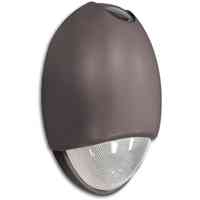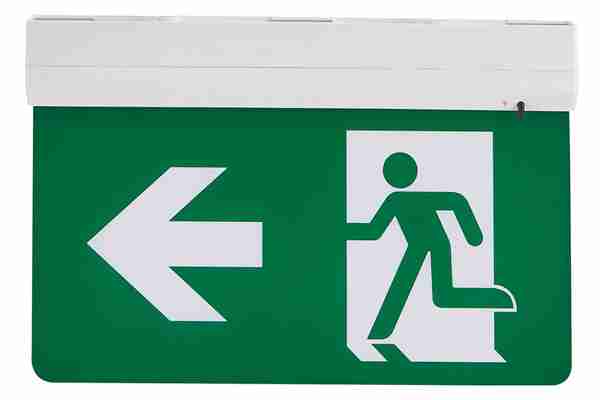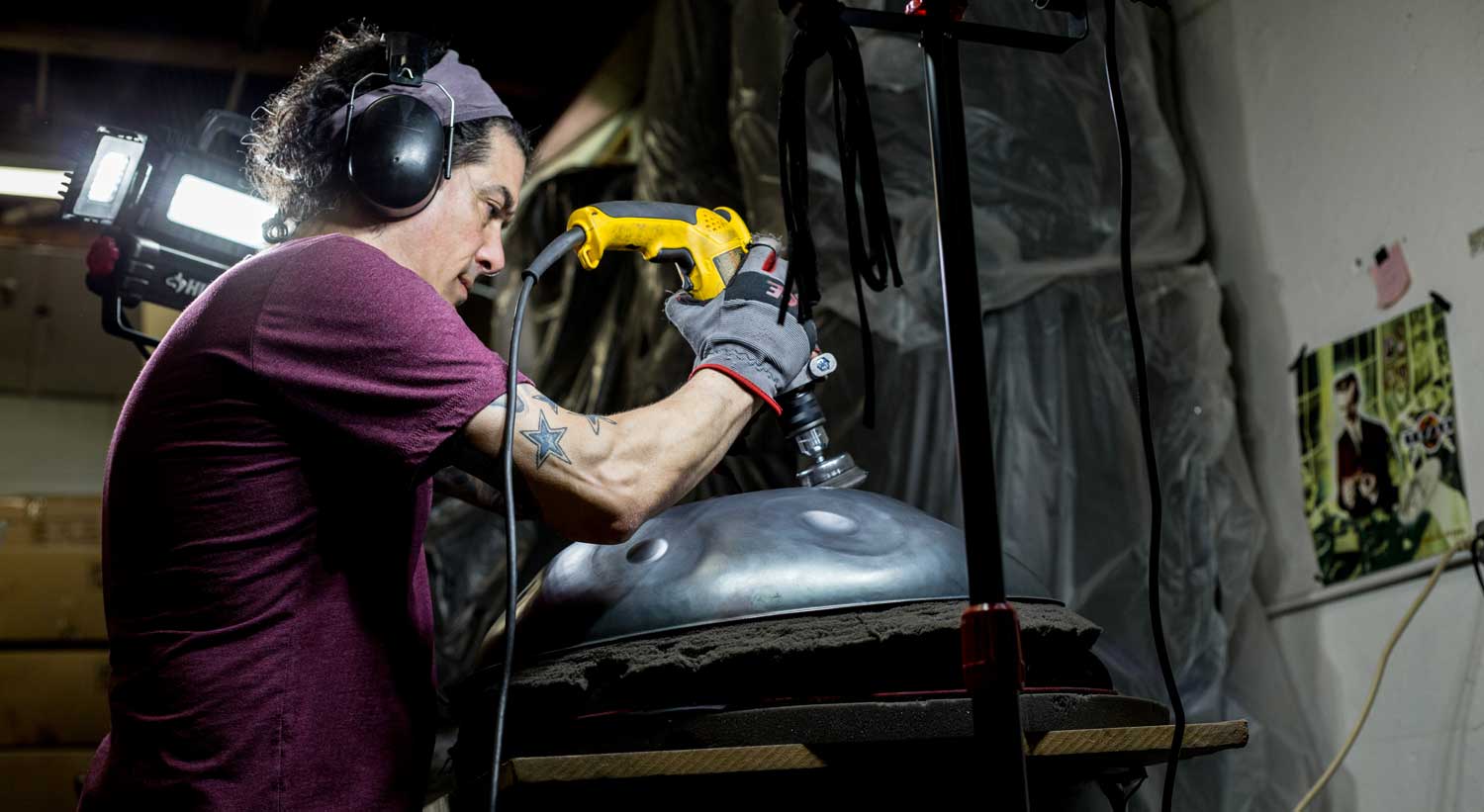Emergency Lights – Standards and Applications
We take electricity for granted, unaware of the fact that it plays such a vital role in our lives that it is almost impossible to get through the day smoothly without it. It is only when we’re in dark that we realize the importance of having light around us, especially during an emergency.

What can we rely on when the lights are out and there’s an emergency?
Emergency lighting comes in handy at the time of well, an emergency! Events when there’s a power outage and you have to quickly vacate a building during fire, poor weather conditions, natural disasters etc., Emergency lights become life savers.
Emergency Light & Emergency Lighting
Emergency Light is a battery powered lighting device that illuminates automatically when there is a power cut in a building.
Emergency Lighting is also called egress lighting and is required as a safety measure in commercial spaces when there’s a power outage. Emergency Lighting helps people find their way out of a building. Illuminated Exit signs are a part of Emergency Lighting.
Emergency Lights at Home
It is a well-established fact that most of the accidents happen at home. And in the absence of electricity the chances of these accidents increase. The kitchen, for example is one place that’s a store for all the hazardous materials. Stove, electrical appliances, electric chords can turn your house into ashes in no time. Similarly, your bathroom is a place that carries the danger of electricity and water together that may result in a short circuit. Kids tripping on chords, pets chewing electrical wires may all lead to a power failure. Moreover it’s not just the unfortunate events inside your house that may result in a power outage, accidents outside home like automobile accidents, falling trees can also disrupt electricity supply to an apartment or an entire block.
In all the above events, Emergency Lights at home becomes absolutely necessary.
Where should you keep Emergency Lights at home?
It is advisable to have one flashlight per member and extra batteries at home in case the old ones run out on power. Also, flashlights and battery operated lanterns should be kept near your bed. You may want to keep all the emergency supplies at one location but that’s probably not the best idea. If the room where emergency lights and other supplies are stored is inaccessible for some reason due to a crisis, you will not be able to use it. And what good is an Emergency Light if you can’t use it?
It is also important that you test your Emergency Lights at a regular interval and replace batteries of flashlights and other emergency lights when these are no longer working.
Emergency Lights at Workplace
Business centers, office complex and all other commercial spaces are required to have not only Emergency Lights but an effective Emergency Lighting System. Moreover, Emergency Lighting needs to be powered by either a generator or battery based backup supply. Emergency Lighting requirements are decided by the local building codes that are set by the National Fire Protection Agency (NFPA).
The NFPA 101 incorporates guidelines for Emergency Lighting and Egress Lighting or Emergency Exit Lights. Section 7.9.2.1 of the NFPA 101 dictates that Emergency Lighting must light up the area for at least 90 minutes after the disruption of the main power supply. The initial level of illumination during these 90 minutes should not drop below an average of 10.8 lux (1 foot candle) along the exit routes at the floor level.
The level of illumination in Emergency Lights at workplace is not allowed to drop below 6.5 lux (0.6 foot candle) at the end of 90 minutes at any point. Also, a uniformity ratio of 40:1 (maximum to minimum) should not be exceeded.
Testing of Emergency Lights at Workplace
Section 7.9.3.1 of NFPA 101 mandates all Emergency Lighting components to be tested using any one of the following three methods-
First method includes testing of components for 30 seconds at 30 day intervals.
Second method involves tests to be conducted every year for at least 1½ hours. This test is usually conducted for battery powered Emergency Lighting.
The third method allows self testing Emergency Lights to perform monthly and annual checks automatically.
It should be noted that before testing Emergency Lights at workplace, employees should be informed about it. Moreover, testing should ideally be done when the building is empty or when there’s minimum employee traffic.
Exit Signs at Workplace
Illuminated Exit Signs at workplace are an important part of Emergency Lighting System. Section 7.10 of the NFPA requires the word ‘EXIT’ to be displayed in 6 inches tall letters. The Exit Sign should provide 5 foot candles of illumination. The Sign must illuminate at all times when people are inside the building. The Exit Signs should have arrows indicating the way to Exit and be placed at all Exit doors and stairs.
Emergency Lighting is vital to your safety during unforeseen events. These humble Emergency Lights are your escape route when the worst happens.
The role and precautions of emergency lights-emergency led lights from China manufacturer,Discount emergency led lights,Low emergency led lights-Emergency Light
1. Emergency lights are mainly used in our daily life. They can also be used in emergency situations. Emergency lighting emergency lights are divided into portable emergency lights, fire emergency lights, and car emergency lights.
2. The function of fire emergency lights is to be installed on shopping malls or public places. After a fire occurs, emergency lights help people illuminate and allow people to evacuate safely. It can illuminate safe exits and evacuation routes. Portable emergency lights mainly play a role in lighting. For example, people are going to the basement to find things. In this case, we can use portable emergency lights.
What are the precautions for the use of emergency lights
1. When we use emergency lights, we must regularly check whether the emergency lights are damaged and whether they can be used normally. After installing the power box and the lamps, we must check whether the cables inside are broken. If the emergency light is faulty, it should be repaired in time to prevent it from being used normally when it is used.
2. When using the emergency light, we should pay attention to the fact that if the light is dim or fluorescent, or it is very difficult to start, it must be charged immediately. The one-time charging time is about 14 hours. If it is not used for a long time If it takes three hours to recharge, the charging time is about 8 hours.
Emergency Lighting Design: 5 hazards it helps to prevent | Red Arrow
Imagine evacuating a building in an emergency, only to find it plunged into darkness. Even a familiar space – like your workplace or apartment building – can become dangerous and disorientating, creating panic that can lead to injuries, mental distress, or even result in people becoming trapped inside.

In premises with a ‘stay put’ order, too, emergency lighting can mean the difference between a relatively calm rescue, and a frightening wait in the dark for help to arrive. Lack of emergency lighting also makes it much harder for emergency services to access the building safely, adding an additional hazard to an already high-risk situation.
Here, we look at five hazards that can occur in an emergency such as a fire or critical power disruption, and how the right emergency lighting can prevent them:
Difficulty finding escape routes traps people inside
Ensuring that escape routes are clearly signed and visible is crucial to get people out of the building to safety, in an orderly fashion: a lack of illumination can result in trips, falls or even crushes. Regulations state that a minimum of 1 lux needs to be maintained down the centre line of any escape route, and should clearly illuminate each exit door that will be used in an emergency, any stairs or gradient changes (to prevent trips and falls), any change in direction (like a curve or bend in a hallway) or intersection between corridors, as well as spaces near to each final exit and safe spaces outside the building (including the route to a place of safety/muster point).
Panic causes accidents and injury
Emergency lighting should provide adequate lighting in any space that could be occupied during an emergency or power failure. By lighting communal spaces, walkways and open areas, emergency lights can help to reduce panic, prevent accidents and ensure a smoother evacuation/rescue process. Key areas include but are not limited to: escape routes; open spaces of 60m2 or more; rooms that contain a risk such as an escape route; lifts; toilet facilities (particularly facilities used by disabled people); pedestrian escape routes in covered car parks; and moving stairways and walkways.
Emergency lighting specifications for the above vary depending on the space, its function and the risk assessment.
Dangerous equipment is left running
In potentially dangerous areas or situations – such as places with heavy machinery or hazardous substances – a risk assessment will determine whether the emergency lighting needs to provide higher levels of illumination. The minimum duration needs to be gauged in line with how long the risk exists so will always need to be calculated on a case-by-case basis and identified by the employer.
Wherever there is a high risk task, there should be virtually no disruption to the illuminance: regulations specify that the full required illuminance is provided permanently, or within 0.5 seconds depending on the application. The emergency lighting level should be no less than 10% of the normal maintained illuminance level for the task, but no lower than 15 lux.
Important areas and resources are difficult to find
Areas that are critical in an emergency, like call points, first-aid posts and fire-fighting equipment such as hoses and extinguishers, should always be lit with a 5 lux vertical illuminance. This is to make sure they are both easy to locate and operate.
Confusion prevents fast evacuation
Safety signage is one of the most important aspects of emergency lighting. It is essential that all exits used in an emergency should be clearly visible and signposted at all times. Exit signs can be either externally illuminated or internally illuminated – or ‘backlit’ signs. Sign format should not be mixed on a single site: it can create confusion and cause people to miss vital information.
Maximum viewing distance for signage is determined based on the height of the sign and whether it is externally or internally illuminated. For example, an externally illuminated sign has a maximum viewing distance of 100 x h (the height of the sign), while an internally lit sign has a maximum viewing distance of 200 x h. Escape route direction signs are required along all escape routes as well as at the final exit, clearly indicating changes of direction, changes of level and positioned at least within the maximum viewing distance in large areas, even where the escape route direction does not change. For full details – including minimum luminance and green/white ratio – take a look at the full regulations covered in BS5266 and EN1838.
The relevant standards are available to help you ensure compliance for your emergency lighting projects, but we’d also recommend getting support from an expert to make sure your design meets regulations.
Red Arrow provide a free design service. Simply call Red Arrow’s technical and design support line: 01142798999 (opt 6).
To find out more about Red Arrow click here


![31 Best IPTV Services for FireStick, Android TV, PC [Dec 2021]](https://www.lampsofbible.com/storage/upload/Images/_1639646173_nXrO23JGnM.jpg)





